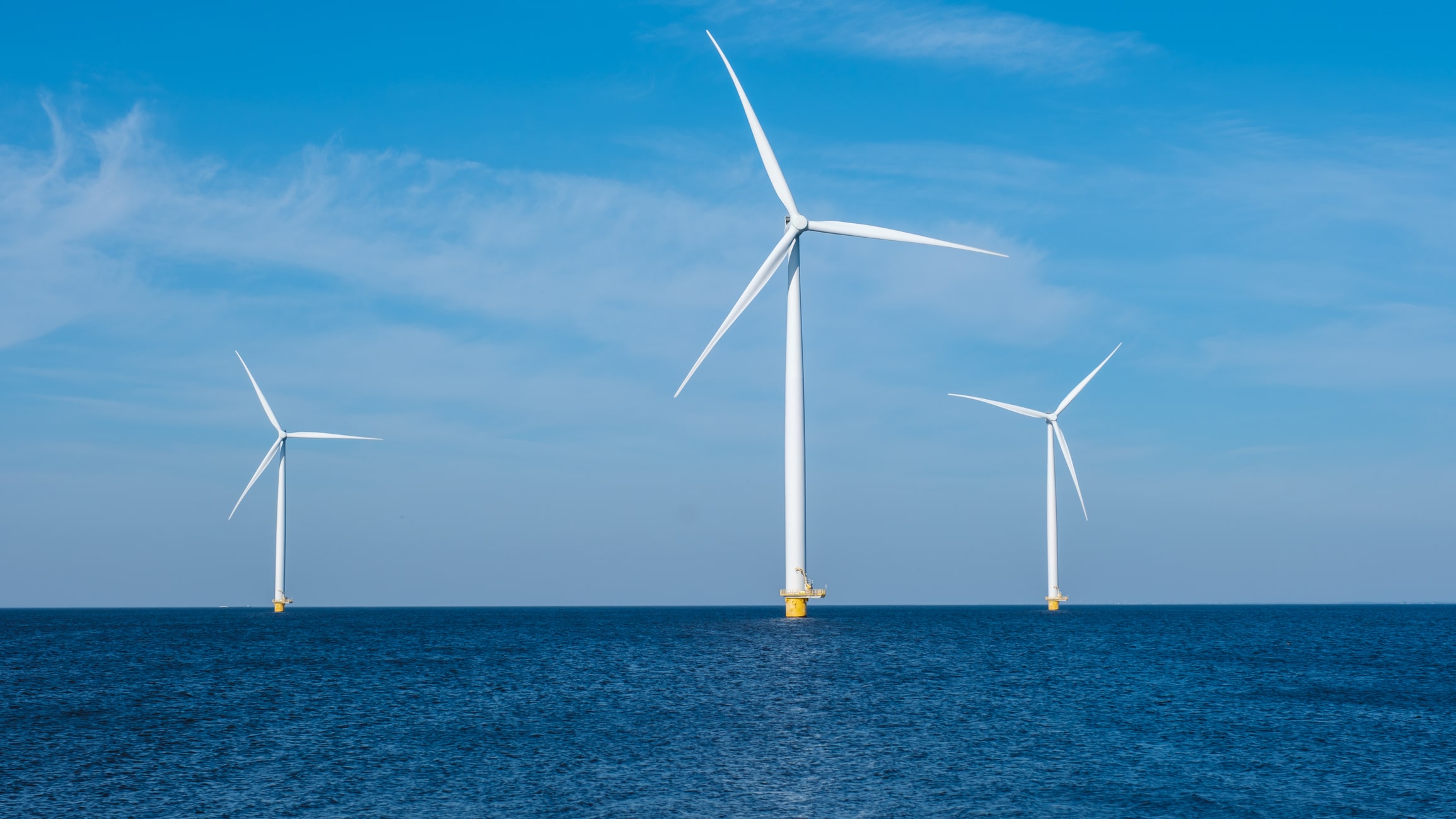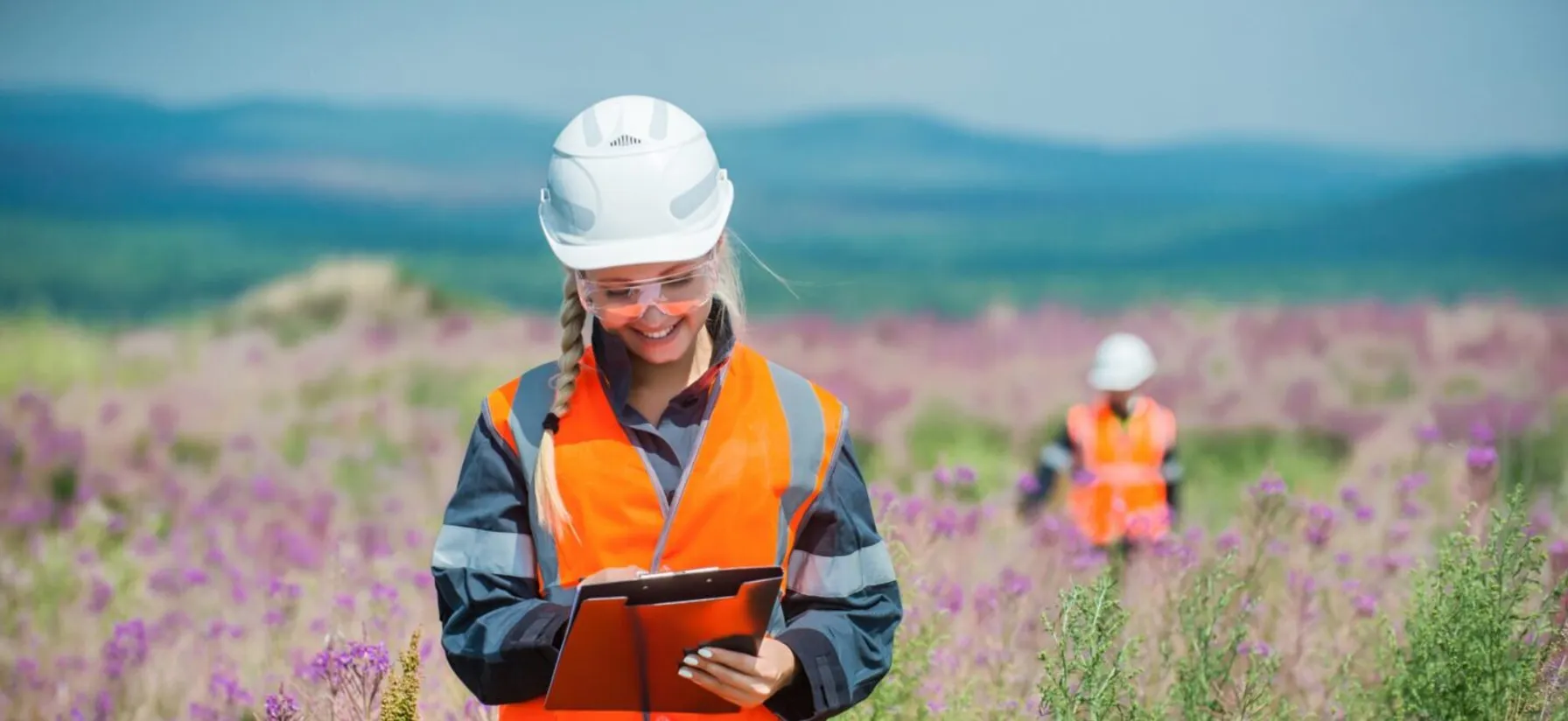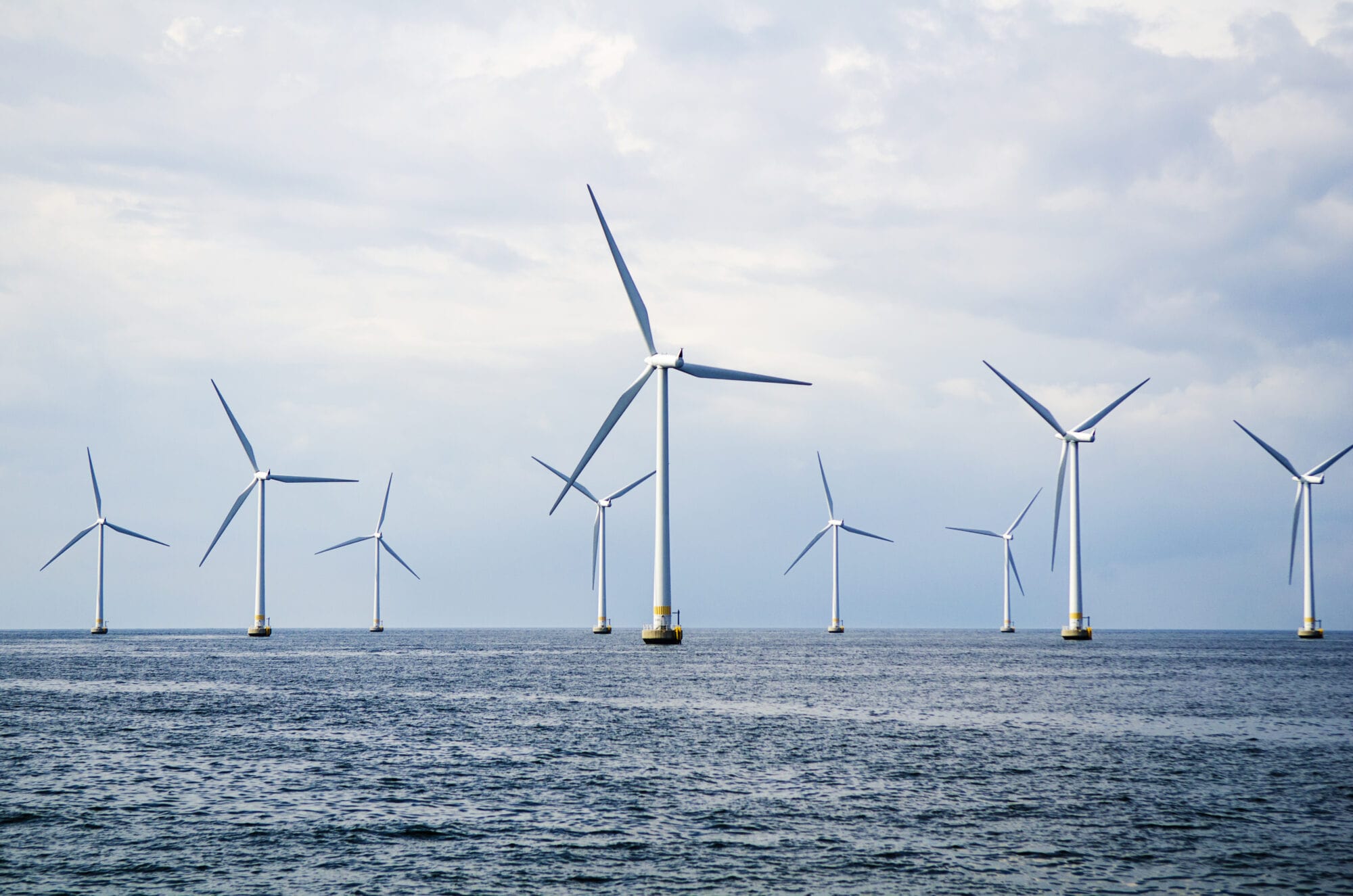Helping The Offshore Wind Industry Advance The Energy Transition
Challenge
Offshore wind is a major element to the needed transition to renewable energy resources to combat global warming and climate change. TRC is providing environmental permitting and engineering services in support of significant projects being proposed to address this need. US Wind is proposing the Maryland Offshore Wind Project, an offshore wind energy project of up to 2 gigawatts of energy generation capacity off the coast of Maryland on the Outer Continental Shelf.
TRC is serving as the lead environmental consultant for US Wind on this project throughout its permitting phase. TRC’s role has included providing technical studies and technical support on the federal, state, and local permits associated with the approval of the project.

Solution
TRC’s Role On The US Wind Maryland Offshore Wind Project Includes Technical Studies And Technical Support Associated With The Following:
- Site Assessment Plan (SAP)
- Construction & Operations Plan (COP)
- HRG/Geotech Survey Permitting
- Benthic Sampling & Analysis
- Shellfish Density Survey
- Onshore & Offshore Bat Habitat Assessments & Monitoring
- Essential Fish Habitat Assessments
- Export Cable Routing
- Marine Mammal Permitting
- Visual Impact Assessment & Visual Simulations
- OCS Air Permit Application & Air Dispersion Modeling
- Environmental Justice Analyses
- Social Cost of Greenhouse Gas Emissions Analysis
- USACE Section 10/404/408 Permitting
- Federal & State Water Quality Certifications
- DE & MD State Permitting
- DE & MD Coastal Zone Consistency
- Construction Monitoring Plan
- Vessel Strike Avoidance Plan
Results
The Maryland Offshore Wind Project received approval of its COP from the Department of the Interior on December 3, 2024. The Project, the nation’s tenth commercial scale offshore wind project to receive COP approval to date, will be located in a lease area approximately 9 nautical miles offshore of Maryland and Delaware, could generate over 2 gigawatts of clean renewable energy power to over 718,000 homes, and reduce greenhouse gas emissions from regional energy generation by up to 139 million tons over the life of the project by displacing energy currently produced by fossil fuel fired generating sources. Additionally, the development and construction phases of the project could support nearly 2,680 jobs annually over a seven-year period.



